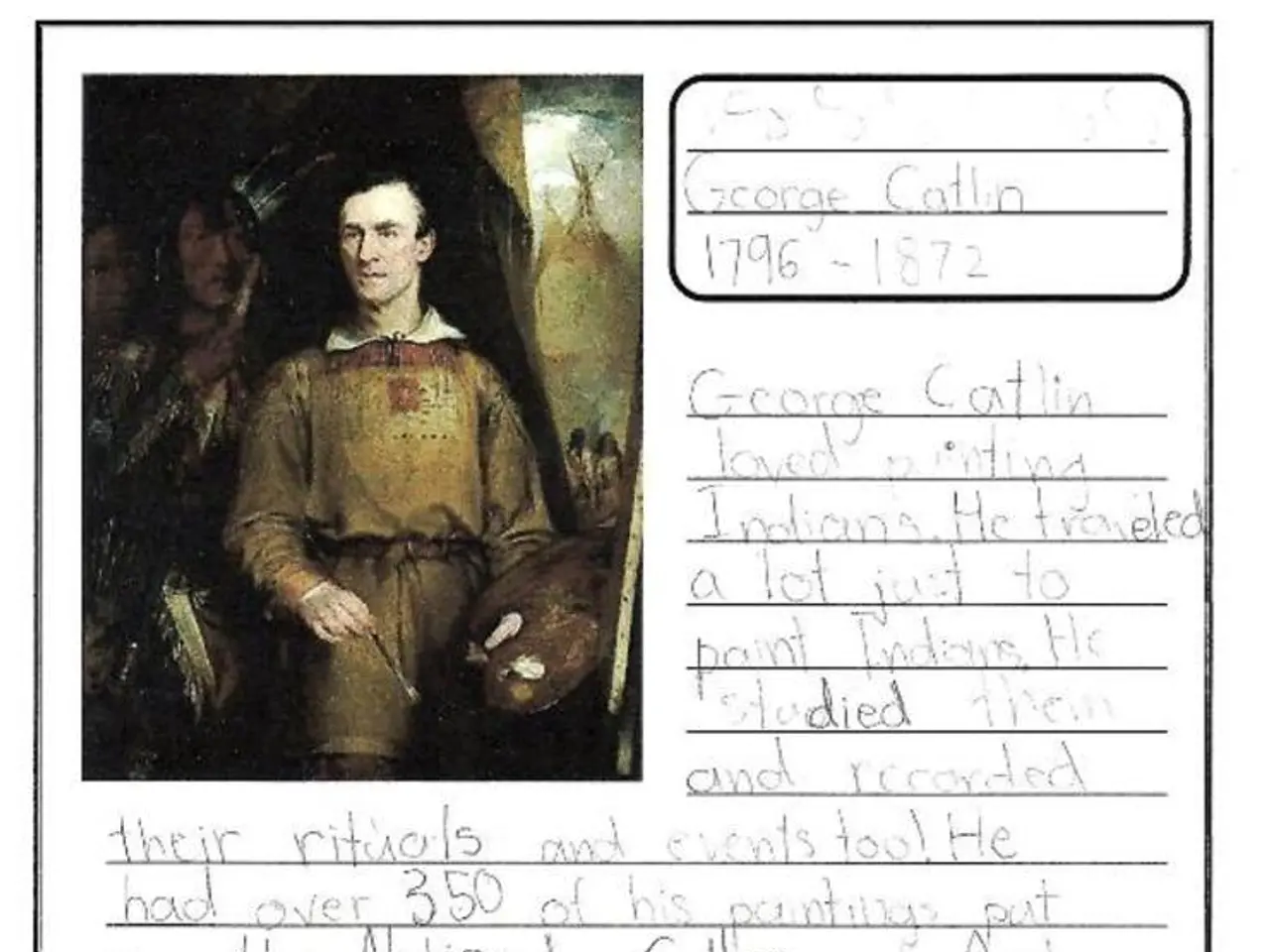Unveiling of the Rosetta Stone on July 15, 1799
In the year 1799, a significant discovery was made near the Egyptian town of Rosetta (Rashid) in the Nile delta. Lieutenant Pierre Bouchard, serving under Napoleon's army, unearthed a basalt slab adorned with hieroglyphics, a script that had long been a mystery to the world [3][4].
For hundreds of years, attempts to decipher hieroglyphics had been unsuccessful. The origin of this ancient script, primarily used to adorn the tombs of pharaohs, remained unknown [1]. However, the discovery of the Rosetta Stone provided a crucial breakthrough.
The stone contained the same text written in three scripts: Greek, Demotic, and hieroglyphics [3][4]. The Greek text, already understood, served as a linguistic reference to decode the hieroglyphs. It was not until 1822 that the breakthrough came with Jean-François Champollion, who compared the hieroglyphic text with the Greek and Demotic versions [2][4].
Champollion identified the phonetic characters and recognised that hieroglyphs combined sounds, ideas, and words, rather than functioning as a simple alphabet [2][4]. This insight allowed him to unlock the meaning of the ancient script.
Before the Rosetta Stone, the understanding of hieroglyphs had been lost since about the 4th century AD, as the script gradually fell out of use and knowledge was lost over centuries [1]. Champollion's decipherment opened the door to modern Egyptology and the systematic study of ancient Egyptian language and culture [1][2][4].
The text on the stone praises King Ptolemy V as "the manifest god whose excellence is fine" and requests that he be worshipped as other gods are [1]. Copies of the text were sent to scholars throughout Europe, furthering the understanding of ancient Egyptian culture.
Today, the Rosetta Stone remains in the British Museum, but there have been recent calls for its return to Egypt [5]. The stone, discovered in 1799, continues to be a symbol of the rich history and culture of ancient Egypt.
References: 1. British Museum 2. Britannica 3. Louvre 4. Ancient History Encyclopedia 5. The Guardian
In the realm of science and artifact research, the breakthrough in deciphering hieroglyphics in the 19th century was a significant leap, thanks to the Rosetta Stone and its multilingual inscriptions. Furthermore, modern science and technology, specifically artificial intelligence, could potentially help us unlock other ancient scripts in the future, extending our understanding of space-and-astronomy, history, and culture.




